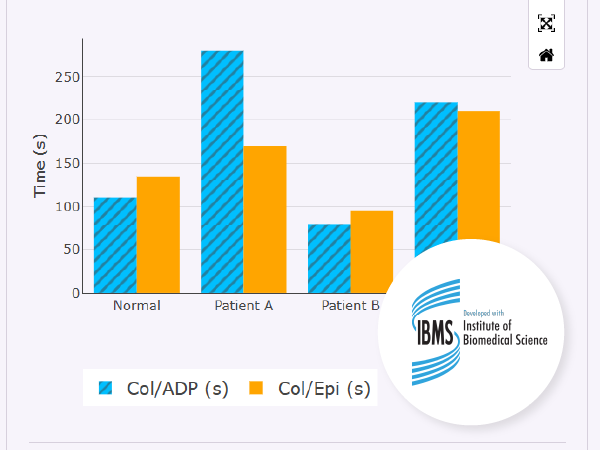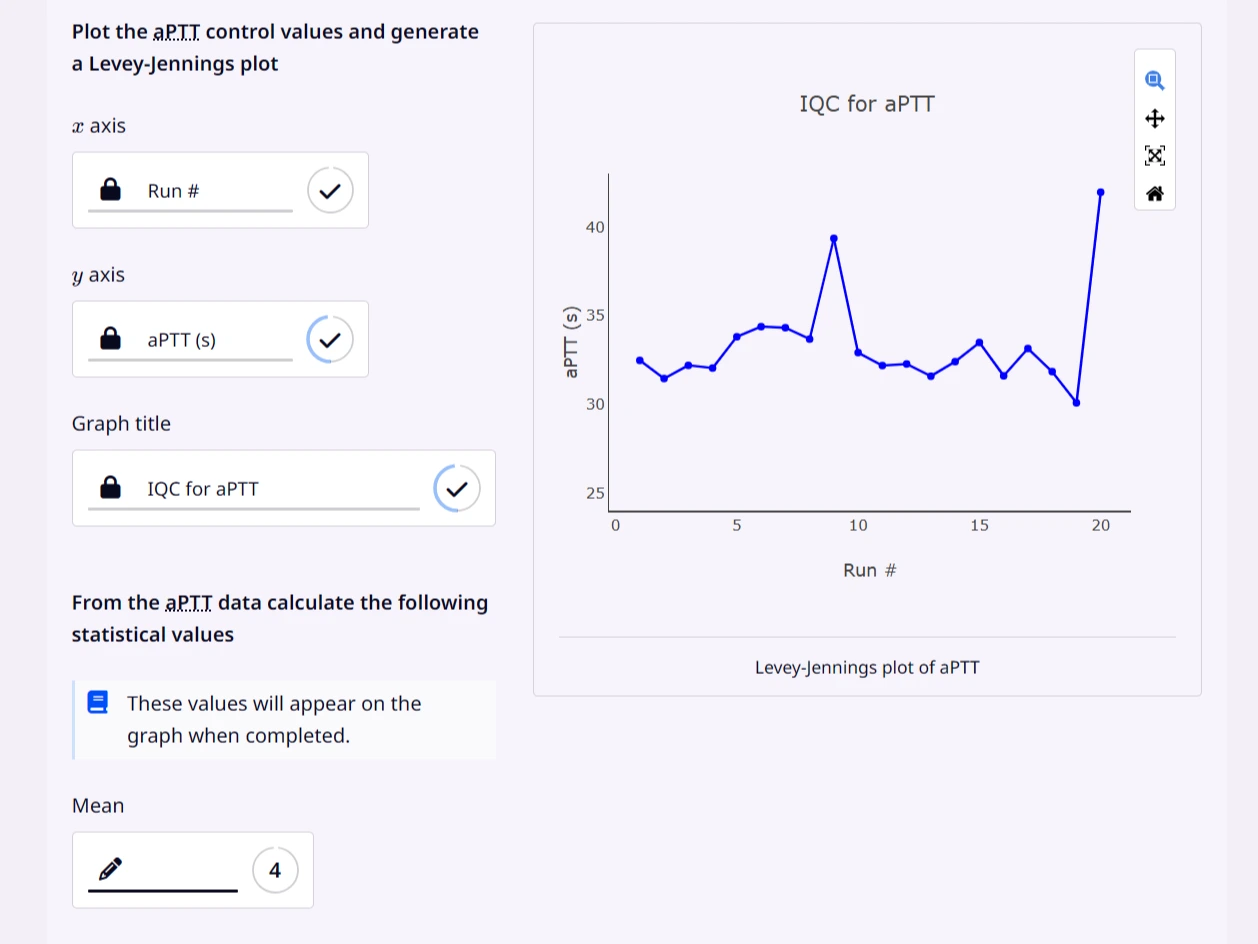
This is a comprehensive overview of haemostasis, covering the traditional cascade model of coagulation, primary haemostasis in response to vascular injury, secondary haemostasis, and the coagulation factors needed to form a stable fibrin clot. Exploration of these three key areas in a diagnostic setting is underpinned by the importance of internal quality control measures and evaluating data that shows variation from the normally expected parameters for clotting. This Smart Worksheet is a combination of two others: 'Haemostasis and quality control' and 'Primary and secondary haemostasis'.

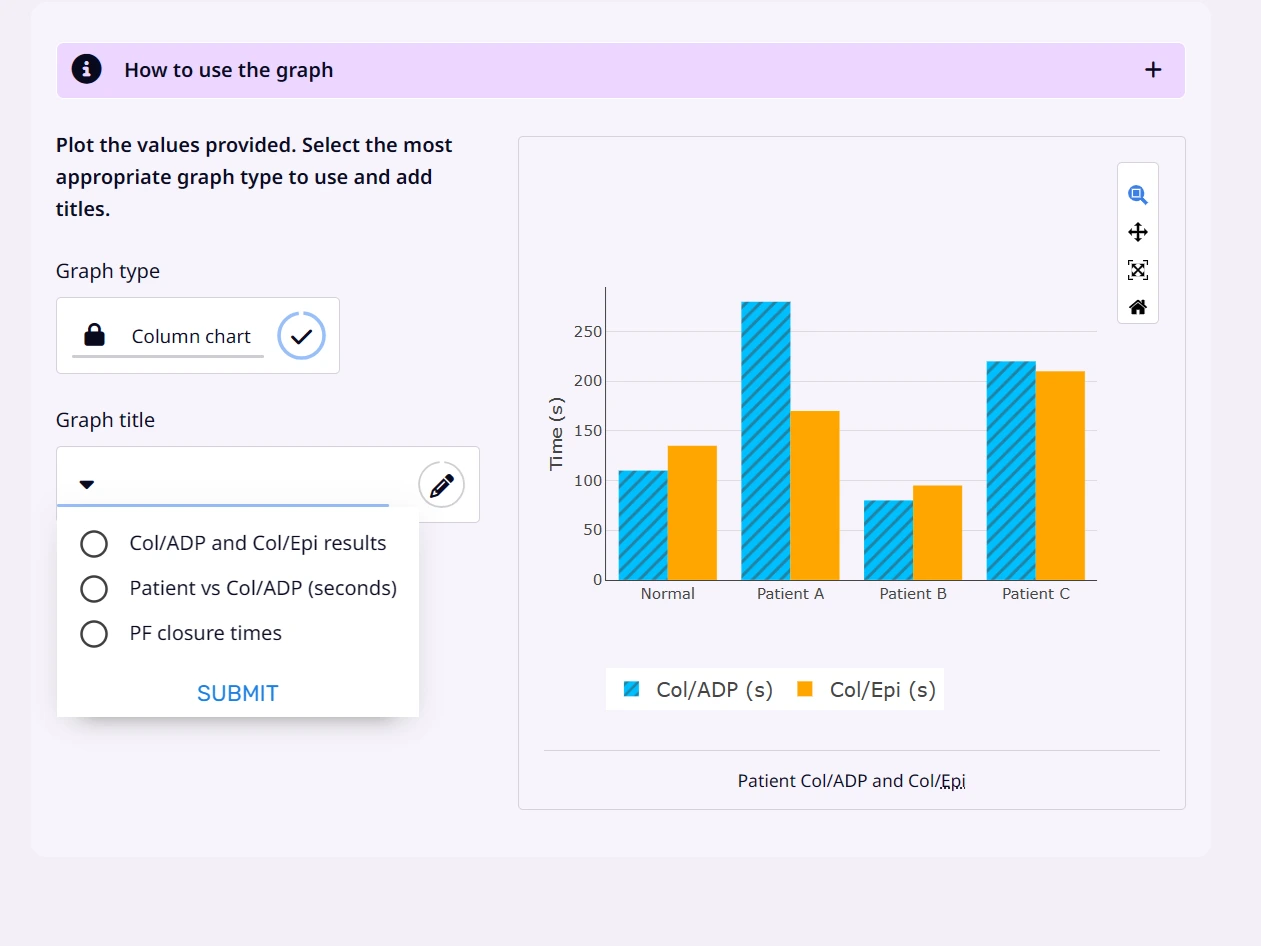
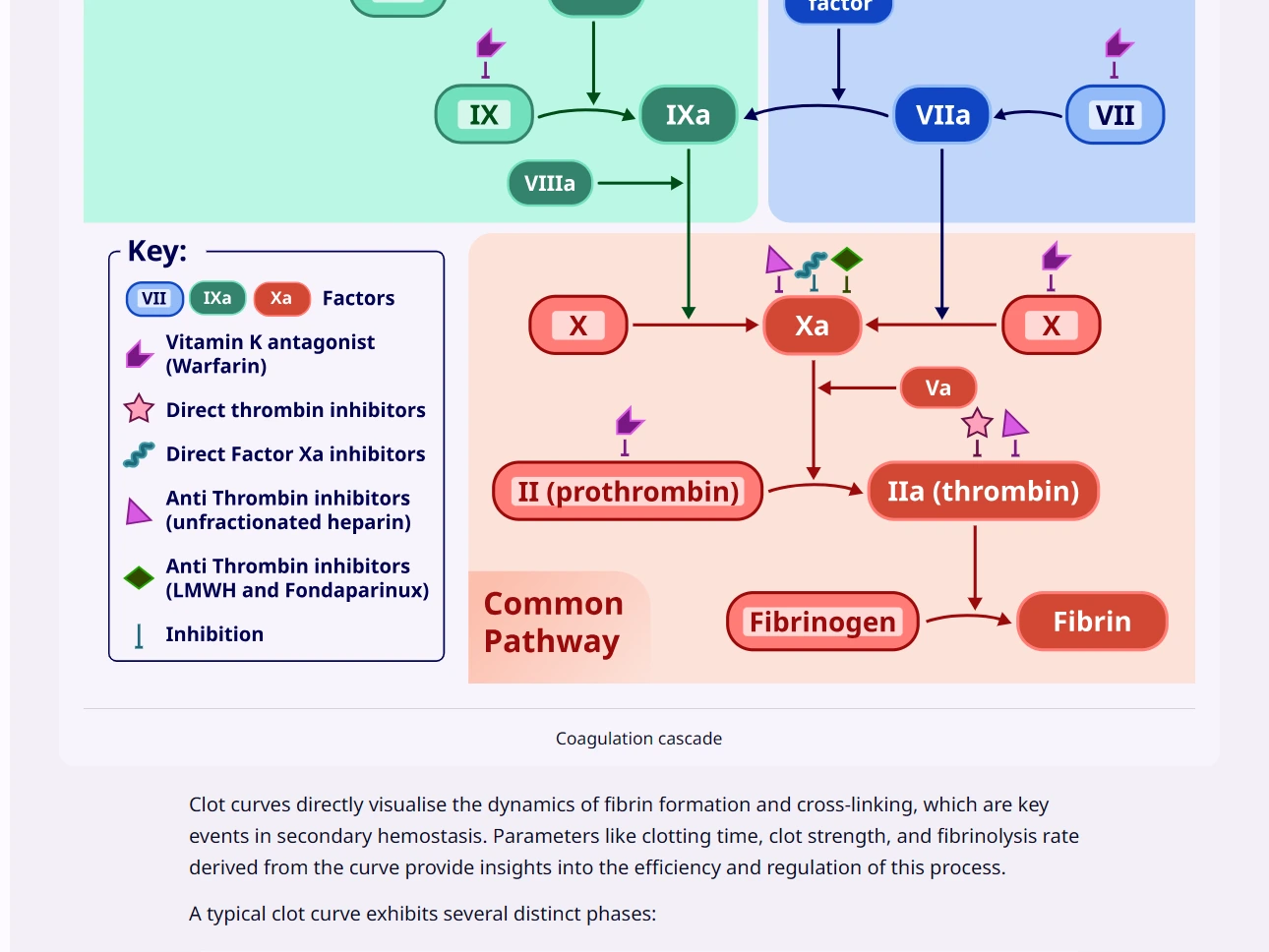
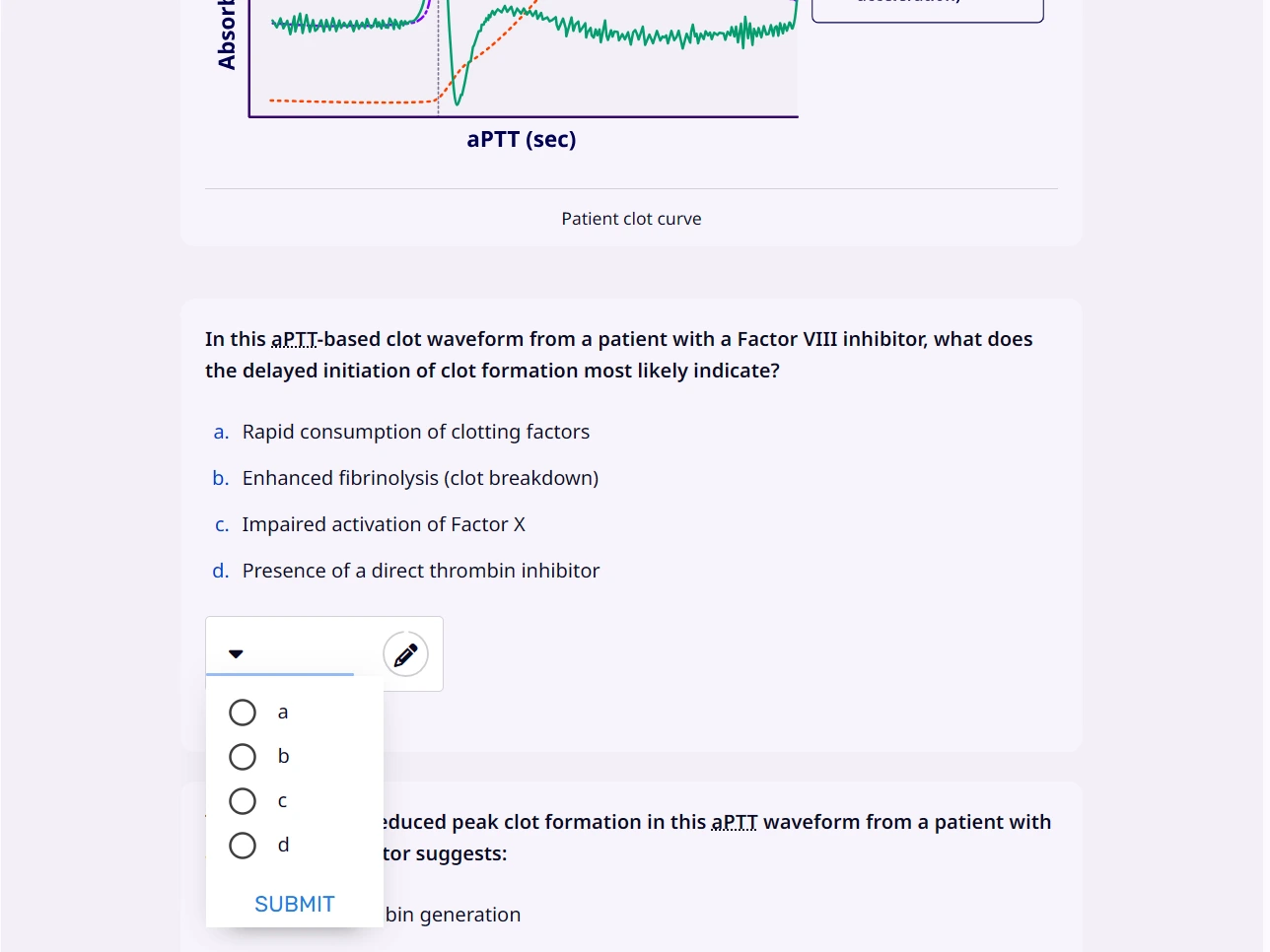








.jpg)

